Silencer Saturday #396: New Suppressor In Time For Hunting Season?

Good afternoon, everyone, and welcome back to TFB’s Silencer Saturday, brought to you by Yankee Hill Machine, manufacturers of the YHM R45 Multi-Host Suppressor. It's currently early September. Most rifle hunting seasons start in the next few weeks. Is there still time to get a silencer? If so, what should you consider buying?
Silencer Saturday @ TFB:
- Silencer Saturday #395: BOE Mod 1 Silencer
- Silencer Saturday #394: A No Country For Old Men Homage
- Silencer Saturday #393: Deep Dive Into The SAAMI Silencer Standard
- Silencer Saturday #392: Another Week, Another Lawsuit
- Silencer Saturday #391: Silencer Shop Sues ATF To Dismantle The NFA
Approved In Time For The Hunt?
Thanks to the current state of affairs, it is possible to still get a silencer purchased and approved before opening morning. The days of waiting more than a year for a tax stamp are long gone. So if you act quickly, you could still potentially have your silencer(s) approved within the week.
Even before the recent legislative changes, tax stamp approvals were getting much faster. ATF improved its processes and added capacity compared to years past. Those changes led to approval times of a few days or weeks in the majority of cases.
Here is one of my submissions from earlier this year showing a sub-one-week turnaround:
Then the Big Beautiful Bill changed things even further. You can read our full coverage on that piece of legislation here. With the prospect of free tax stamps looming on January 1, 2026, most buyers are holding off on silencer purchases. Despite manufacturer incentives to offset the cost of tax stamps, sales are down at the moment. This drop in volume makes for even faster approvals, though.
There is a grain of salt to be taken with this. As with any bureaucratic process, there are no guarantees on the timeline. The averages are in your favor, though.
What To Buy
Most hunters buying a silencer for big game are looking to suppress a full-power bolt action rifle. There are quite a few options in this market segment. First, there is the question of mounting systems. Most suppressors are mounted to precision rifles by directly threading onto the barrel. This system is usually lighter and more secure than other methods. Quick detach systems offer more flexibility but add weight and may not always return to exactly the same position when they are reinstalled. If you don’t like commitment, get something that is HUB threaded and you can change back and forth between those options if your needs change.
Another decision point is the silencer material. The two most common options for this application are titanium or steel. Titanium is lighter without sacrificing any strength. But it is more expensive than more common materials like steel. If you are more interested in cutting ounces out of your kit than dropping money, and already have a titanium spork for going into the backcountry, sticking with titanium is wise. Or if you are only walking from a UTV to a deer blind, saving some money with a steel silencer is likely the right call.
Advanced alloys like Haynes 282 or Inconel are also common in rifle silencers, but for a dedicated setup on a hunting rifle, those are overkill. Those materials shine on applications like belt-fed machine guns or SBRs that see really high round counts. If you plan on swapping the silencer between your hunting rifle and something like that, or if you don’t mind the extra weight and expense and like the utmost durability, it is no crime to run one of those on your bolt gun.
Here are a few models that are worth a look for hunters geting into silencers:
- SilencerCo Scythe-Ti - One of the lightest options on the market, and it sounds great too. Not cheap, but an excellent backcountry companion.
- YHM Bad Larry - This is a .338-diameter silencer with HUB threads so it will cover most of your bases up through .338 Lapua.
- Dead Air Nomad L - This is a large silencer for a .30-cal cartridges, but very quiet.
How To Get Ready
Silencers usually shift the gun's point of impact when affixed. The amount and exact direction of this shift is different on each gun. If the silencer will live on one specific gun, it is best to rezero with the suppressor attached. On guns that will be used both suppressed and unsuppressed, zero for the configuration that will be used most frequently. But take note of the correction needed to switch between the suppressed and unsuppressed points of impact! Write it down somewhere, like the inside of a scope cap, so it stays with the gun.
The other major change is to accuracy. Most guns shoot better groups when suppressed. Exactly how much better can vary. In some cases, the difference may not be measurable. In others, the gun may improve significantly.
Keep in mind that suppressors get very hot during firing; this is especially true with centerfire rifle cans. As you are zeroing your hunting rifle with the new suppressor, take care not to burn yourself or your rifle case. Also, keep in mind that there will be more heat mirage with a silencer than without. Leave plenty of time to cool the gun between groups.
Hopefully this was helpful if you are thinking about going suppressed in time for hunting season. It is still possible, but you should move quick! Thanks for joining us.
SILENCER SHOP – HANSOHN BROTHERS – DEADEYE GUNS
MAC TACTICAL
ALL YHM PRODUCTS AT BROWNELLS
DEALERS: If you want your link to buy YHM suppressors included in future Silencer Saturday posts, email: silencers@thefirearmblog.com

AKA @fromtheguncounter on Instagram. Gun nerd, reloader, attorney, and mediocre hunter.
More by Daniel Y
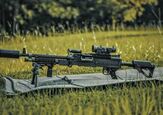
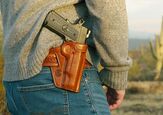
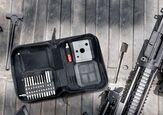





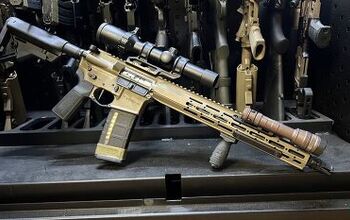



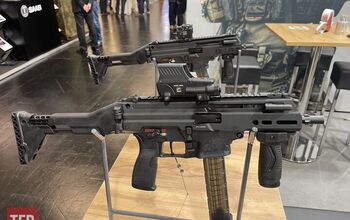

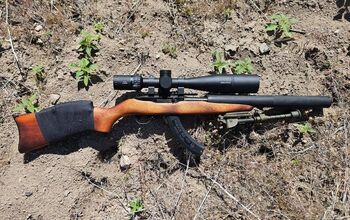
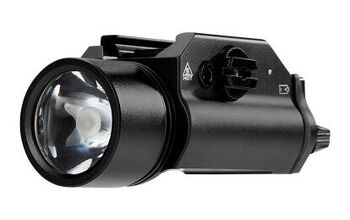
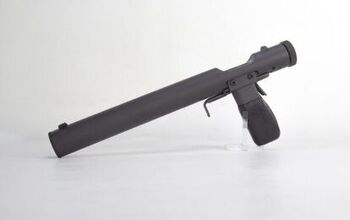
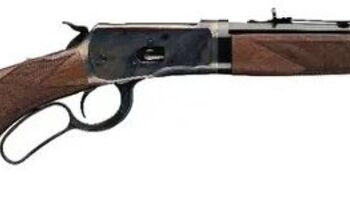





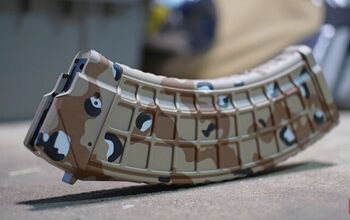

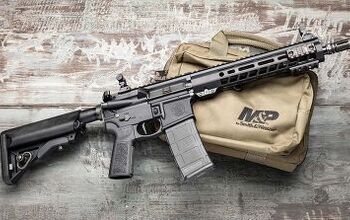
Comments
Join the conversation
I've picked up a handful of new cans for my corral since March. With most folks waiting for 'no fee' in January, my last two were under 24 hours from the submission timestamp to the approval email. The few before that were just shy of 2 days and a hair over two days, respectively.
Is that a airsoft cheek riser on the Styer Scout?